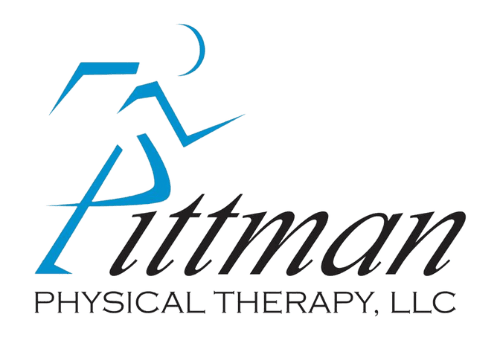Back pain and discomfort costs the world’s economy 149 million workdays, according to the World Health Organization. This problem is extremely prevalent; in fact, 60-70 percent of individuals in developed countries suffer from it.
The good news? You’re not alone if you’ve been suffering from back pain, and there is assistance available! Physical therapy can help you manage your back pain in a natural, quick, and efficient way.
If you live with chronic back pain, then you are well aware of how restricting it may be in your daily life. That’s why it’s critical to see a physical therapist as soon as the symptoms appear. The longer you wait, the more probable it is that your pain will develop into a more serious problem.
If you have been living with back pain, don’t wait any longer. Call Pittman Physical Therapy today to schedule a consultation and get started on the best treatment plan for your needs.
Reasons your back is hurting
There are many different reasons you may be experiencing back pain, and ignoring any of them is not a good idea.
Although most people recover within 2-4 weeks, some people who, when left untreated, experience lower back for months leading to long-term pain and dysfunction.
Some of the most common issues associated with back pain include:
- Improper posture or prolonged positions (i.e., prolonged sitting)
- Spinal muscle and tissue damage (i.e., lifting strains or trauma from accidents)
- Limited hip, spine, and pelvis mobility
- Limited muscle flexibility
- Spinal/pelvic muscle weaknesses (aka “core” weakness)
- Poor abdominal, pelvic and back muscle coordination (i.e., compensations due to injury)
The source of acute pain comes from injury or irritation of the muscles, joints (including the intervertebral discs and facet joints), nerves or surrounding ligaments, and other soft tissue. Chronic back pain (i.e., lasting more than three months) is associated with older individuals and women. Chronic pain is also more common with overweight or obese people, sedentary lifestyles, and/or high-stress environments.
How can therapy help decrease my discomfort?
In order to help you regain mobility, function, and comfort, your physical therapist will focus on treating the source of your back pain. Your personalized treatment plan will include the most effective strategies for reducing pain, speeding up the healing process, and restoring function and movement to the damaged areas of your back.
Your first session will include a full evaluation, which will help your physical therapist determine which treatment options are appropriate for your orthopedic, neurologic, or cardiovascular issue.
Active physical therapy treatments for back pain
The goal of active physical therapy is to provide exercises that the patient can accomplish on their own. When your lower back pain has lessened to the point where your physical therapist believes you are ready for active physical therapy, he or she will create a customized exercise program for you.
Stretching, strength training, and stability training can all be used to help you regain flexibility, range of motion, and muscular strength. These exercises will aid in the rehabilitation of the sore area by providing support and guiding you through the process.
Passive physical therapy treatments for back pain
The purpose of passive physical therapy is to help pain become more manageable, and hopefully to alleviate it altogether. Lower back pain can be a debilitating condition, impeding your physical abilities. Because of this, physical therapists work hard to reduce pain as much as possible. Passive physical therapy can include any combination of these special treatments, as deemed fit by your physical therapist:
- Manual therapy.
- Dry needling.
- Ultrasound.
- Iontophoresis.
- Hydrotherapy.
- Electrical stimulation, such as TENS Units.
- Ice/heat packs.
- Massage.
Some of these methods are used to reduce pain and swelling, such as heat/ice packs and massage therapy.
Hydrotherapy is an aquatic-based treatment that involves patients performing low-intensity motions in water to relieve muscular tension and allow joints to move freely and painlessly.
While it may sound frightening, electrical stimulation is a harmless treatment that sends small pulses of electricity throughout your nervous system. This aids in pain reduction, as well as reducing muscular spasms and promoting the production of pain-relieving hormones in your body.
These techniques are more commonly used for the treatment of lower back pain than others, although any could be prescribed based on your physical therapist’s discretion.
What should I expect during treatment?
Physical therapy for back pain relief aims to relieve pain, increase function, and decrease the risk of future injury.
When you come in for your consultation, your physical therapist will perform a thorough examination that includes a physical examination as well as questions about your pain levels, lifestyle, and medical history. Following the collection of this information, your physical therapist will develop a personalised treatment plan tailored to your specific needs.
Treatment plans will include both passive and active treatment methods, as mentioned above. It is likely that your physical therapist will also provide you with gentle stretches and exercises to do on your own, in order to maintain the progress you make during your sessions.
You can find true, lasting relief today
If you have been living with back pain, call Pittman Physical Therapy as soon as possible – we’ll provide you with the relief you need so you can get back to living a healthy, happy lifestyle without pain.



